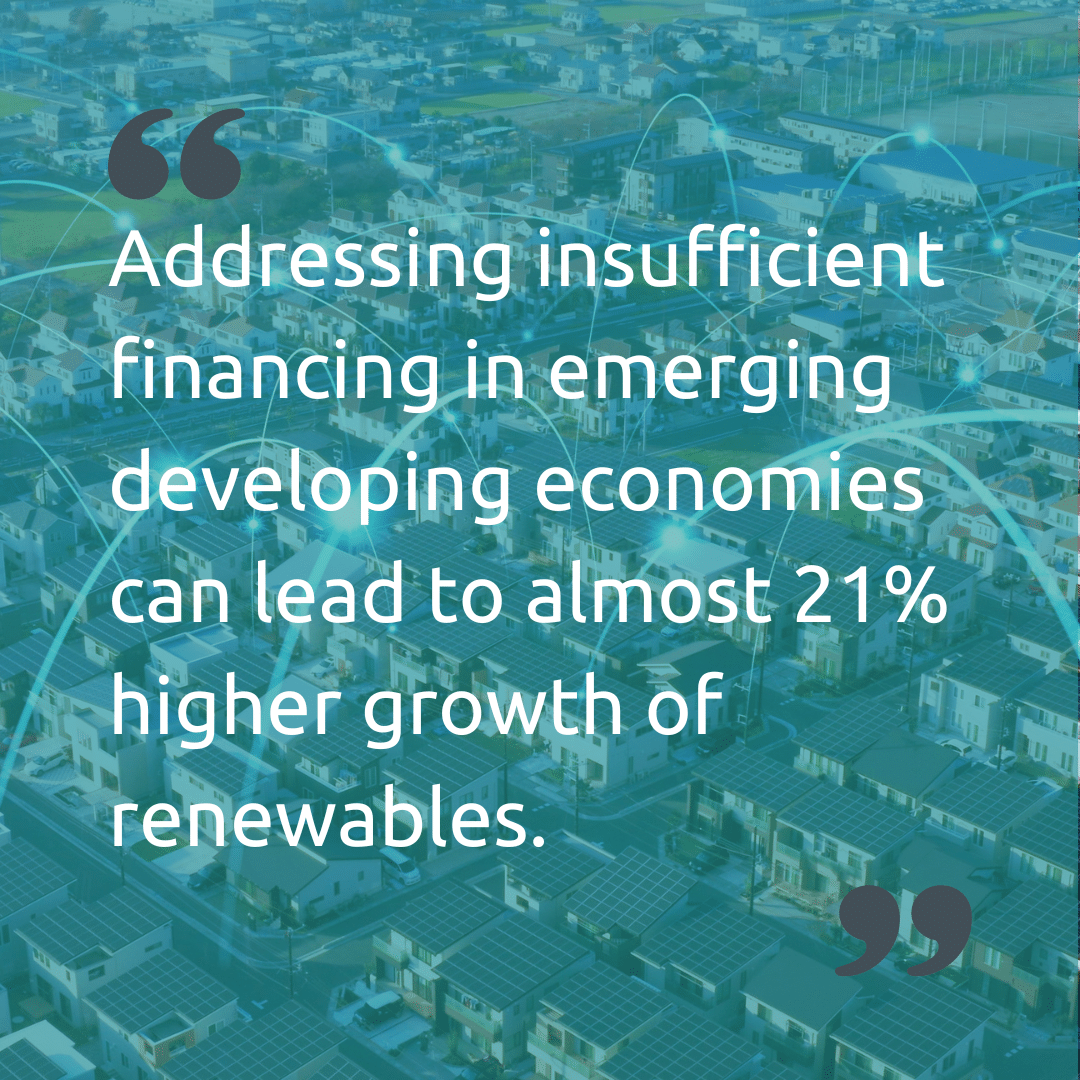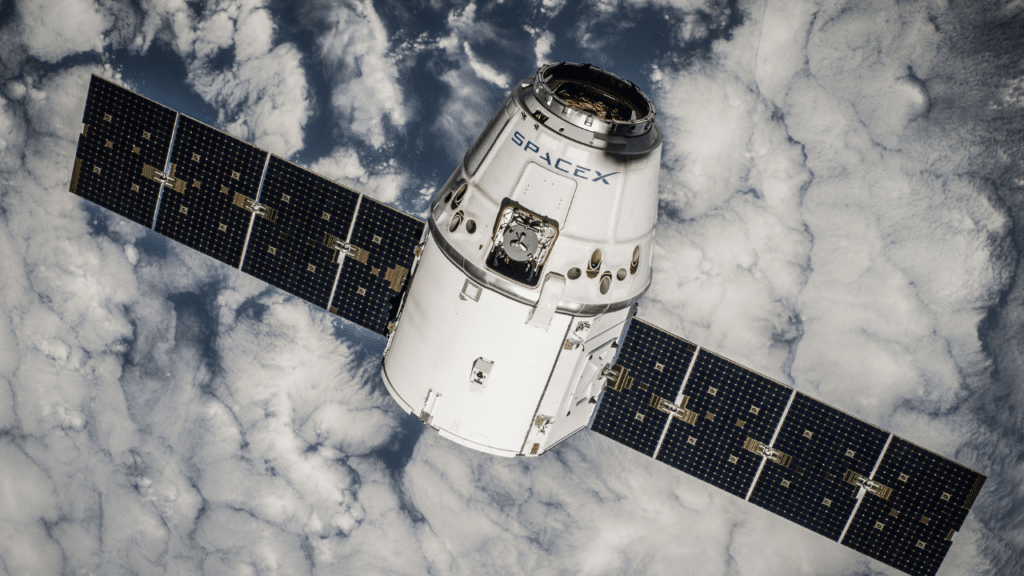How Higher Financing, Component Costs are Delaying Energy Transition and what Can be Done to Overcome This.


The energy crisis in 2022 and the need for Europe to ease its reliance on Russian oil and gas imports accelerated the region’s commitment to transition to clean energy.
Germany, being one of the first countries in Europe to suffer from the curtailment of energy supplies from Moscow, acted very quickly and worked on reducing approval times for renewable projects, started developing a local supply chain, subsidized less expensive electricity to users that are energy-intensive, and rebuilt the power grid.
Globally, renewable energy is expanding faster than at any time in the past three decades, according to the International Energy Agency (IEA), with worldwide renewables capacity growing by 50% in 2023, reaching almost 520 gigawatts (GW), with solar PV accounting for three-quarters of the additions.
Under existing policies and market conditions, the IEA said in its Renewables 2023 report that it is expecting the world’s renewable power capacity to grow 7.3TW by 2028. This growth trajectory would see global capacity increase to 2.5 times its current level by 2030. But this would fall short of the goal announced on the UN climate summit COP 28 of tripling global capacity by 2030.
Importance of the grid
To meet climate goals, wind and solar power installations are being announced at an unprecedented pace. But this has resulted in what is now known as the grid bottleneck or grid congestion.
To make electrical grids far bigger and more resilient than they are now, which is necessary for countries across the globe to meet their carbon-neutral goals, massive changes are required to the interconnected networks of generating plants, transmission lines, and substations that make up the grid. However, red tape and local opposition are blocking or slowing thousands of proposals to expand renewable power and grid capacity.

Challenges
According to the IEA, these are some of the challenges countries across the globe are facing:
- Policy uncertainties caused by the new macroeconomic environment
- Not enough investments in grid infrastructure which results to slowing down the expansion of renewables
- Cumbersome administrative barriers and permitting procedures and social acceptance issues
- Insufficient financing in emerging and developing economies
To supercharge renewables growth and overcome current challenges, governments need to implement existing policies quickly, the Paris-based energy organization said. It added that addressing insufficient financing in emerging and developing economies can lead to almost 21% higher growth of renewables, pushing the world towards being on track to meet the global tripling pledge.
What can be done?
Problem:
Strengthening electricity transmission infrastructure. To efficiently transmit renewable energy across vast distances, the establishment of new high-voltage paths – often referred to as “green corridors” – is important. It is also necessary to expand electricity transmission infrastructure to accelerate clean energy transition. However, spatial planning processes are having a hard time keeping pace with the speed of change required to tackle climate change. Delays in planning and permitting are causing delays in building clean energy infrastructure.
Solution:
To overcome these problems, the renewable energy industry must embrace a technology-powered paradigm shift and recognize the potential of a tech-enabled approach to planning processes to revolutionize the development of new energy networks. Digitalization has the ability to unlock the full potential of grids and manage them effectively, according to the IEA. This will also improve grid observability.
Problem:
Building grids can take much longer than building renewable power plants or increasing electricity demand and countries are not investing in the grid fast enough. Investment in renewables has doubled over the past five years, but grid investment remains stable, which shows a disconnect between the two.
Solution:
According to data and research firm GlobalData, every country needs to step up grid investment and develop the relevant regulation and permitting schemes. The most important thing for advanced economies is the new macroeconomic environment, which is basically challenging the historical successes of solar PV and wind deployment. GlobalData explained that over the past decade, the successful deployment of solar PV and wind happened before central banks across the globe raised interest rates and in a 0% inflation environment. All the support for renewable policies were designed for that environment. But this is not the case now and governments worldwide need to adapt.
Problem:
One of the most pressing challenges the industry is facing is the slow and inefficient permitting process. This is affecting all clean energy projects, including solar, wind, and grid deployment. To illustrate, GlobalData said the US, China, and India, respectively, had 79%, 74%, and 64% of the total planned wind capacity under permitting. About 81% of the wind capacity in the EU member states is in the permitting phase – with wind energy projects taking between five to ten years before construction can begin.
Solution:
Shortening permitting timelines need proper policy and regulation. Like for instance, the Fiscal Responsibility Act of 2023 which the US enacted to address the debt ceiling. The legislation contains several permitting reforms. The EU enacted similar measures with REPowerEU and the Renewables Energy Directive.
Problem:
Local communities or local stakeholders and conservation groups sometimes oppose new wind farms, solar arrays and power lines and projects which can take years of consultations to resolve.
Solution:
Share clear information frequently and structure long-term communication plans to improve community engagement and address legitimate concerns. This can reduce misinformation. To minimize the risk of legal challenges which can further slow the permitting process, schedule consultations where the local community can provide feedback to the developers and engage in the decision-making process. To enhance and widen community engagement, look into digital solutions and conduct social listening exercises. Digitalization can be used not only to optimally design and plan projects to maximize system value outcomes, it can also be used to build interactive digital displays and/or use digital tools to provide to the local stakeholders, like for instance, bringing a project vision to life with the use of augmented reality and/or virtual reality. Both methods are equally compelling.
Take a look at our renewable jobs here.










